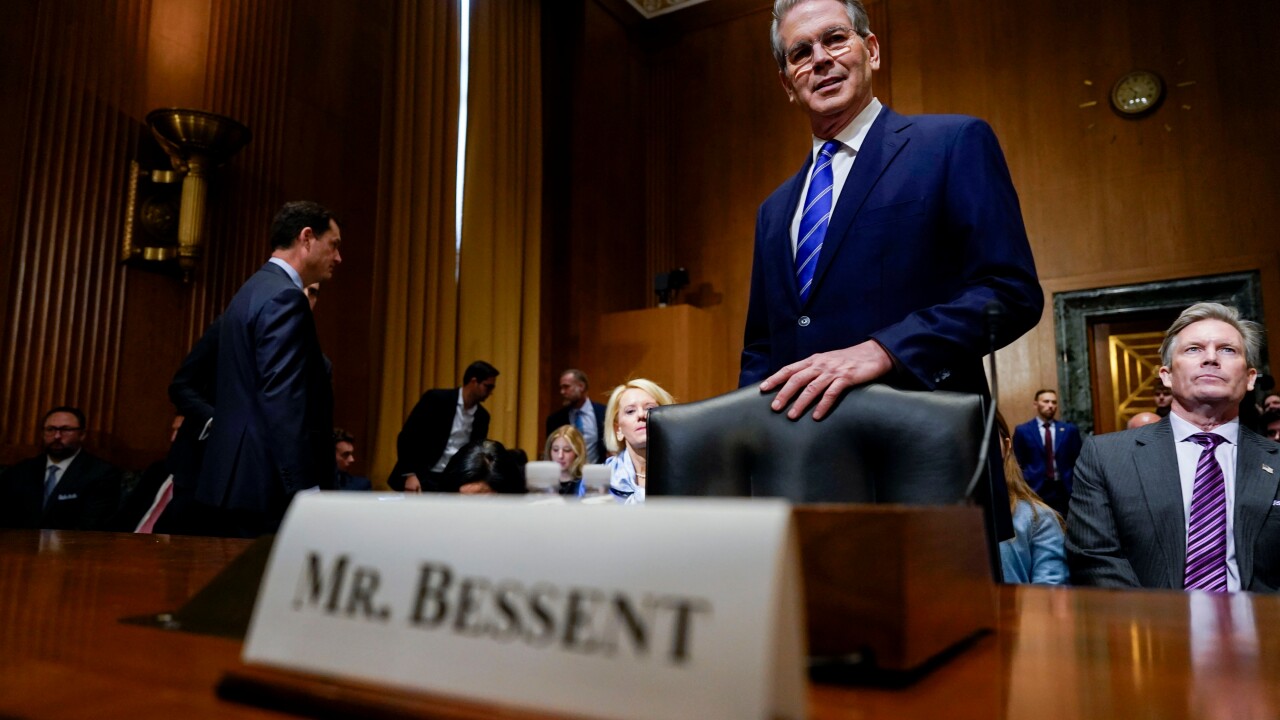The Community Reinvestment Act will be 40 years old next year. But no one is planning an anniversary celebration as banks, regulators and community advocates ponder the impact of President-elect Trump and the GOP's control of Congress on how the law will be enforced. Some even question whether the law will survive to middle age.
Not only has Trump and his party made much of the need to eliminate bank regulatory burden, but the CRA's traditional supporters are out of power and do not appear to have much influence with the incoming administration.
Certainly, there is some history of Republican antipathy toward the CRA, which was enacted in 1977 by a Democratic Congress and president. When the GOP took over Congress in 1995, for the first time in 40 years, lawmakers promptly held hearings on whether the CRA should be repealed. In 1999, a Republican Congress passed the Gramm-Leach-Bliley Act, which in addition to repealing Glass-Steagall provided CRA regulatory relief for smaller banks and enacted the CRA Sunshine Rule. The rule required public disclosure of CRA-related agreements between banks and community groups — deals that Republicans questioned. Outright repeal of the CRA, however, was blocked by a Democratic president.
In the 2000s, the law survived the years of President George W. Bush's administration, including when Republicans controlled the legislative branch. While smaller banks received further regulatory relief from the agencies, there was no meaningful effort to repeal the law. And during the 2016 campaign and the transition to date, the focus of bank regulatory relief has been on the Dodd Frank Act, particularly the Consumer Financial Protection Bureau, not the CRA.
There are two reasons why the CRA has so far avoided the chopping block. First, the law itself is no longer a magnet for controversy. After almost 40 years, banks, regulators and community groups have largely learned to work together to serve lower-income neighborhoods and individuals. Their collaboration has been effective, efficient and profitable. The law is credited with providing billions of dollars of safe and sound loans, investments and services to underbanked individuals and neighborhoods.
In fact, many banks are proud of their CRA activities and the enhanced community relationships that those activities foster. Senior bankers routinely tout their commitments to serve lower-income people and communities and most banks have in place the infrastructure necessary to do so. As a result, most of the current pressure for CRA reform is based on the need to adapt or amend the 20-year-old regulatory structure to an ever-changing banking environment, not on repealing the law or even reducing burden.
But perhaps most importantly, the purpose of the CRA — to encourage banks to safely and soundly help meet the credit needs of their local communities without regard to race — is in line with a political philosophy that rejects race-based distinctions and a president-elect seeking ways to help address the needs of communities defined by their economic struggles, not their racial or ethnic compositions.
I have argued before in this space
And now there is an even more important reason to acknowledge that the CRA is not an anti-discrimination law — the viability of the law itself. Come Inauguration Day, failure to acknowledge the unique colorblind foundation of the CRA will run the risk of creating an unnecessary political vulnerability for the future of the CRA, as well as run counter to the plain language of the CRA statute.
Instead, CRA proponents would do well to emphasize that the law has provided genuine benefit over many years to people and communities throughout the country without regard to race, ethnicity or any other factor at the heart of fair lending laws. As such, it is consistent with a political philosophy that rejects race-based distinctions and can assist the incoming administration in its efforts to address the needs of all communities.
Warren W. Traiger is senior counsel in the New York office of BuckleySandler LLP.





